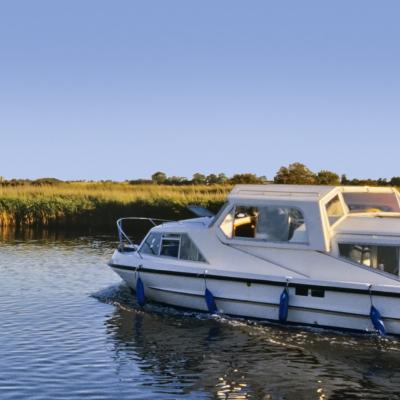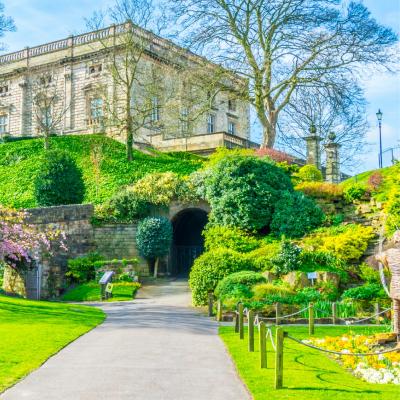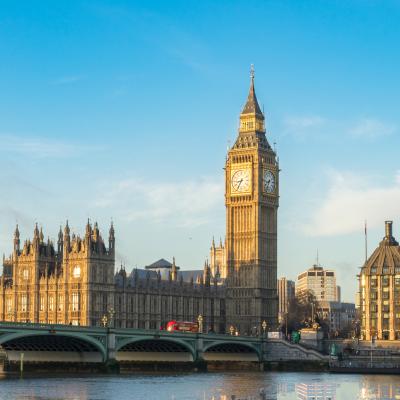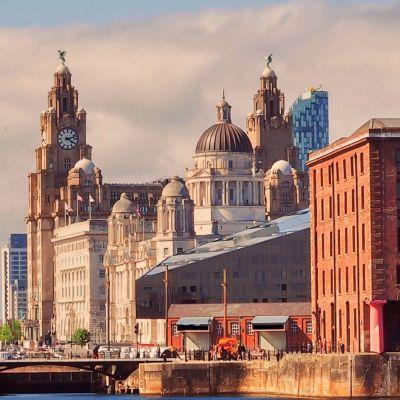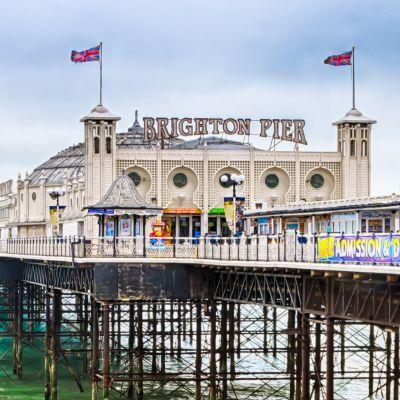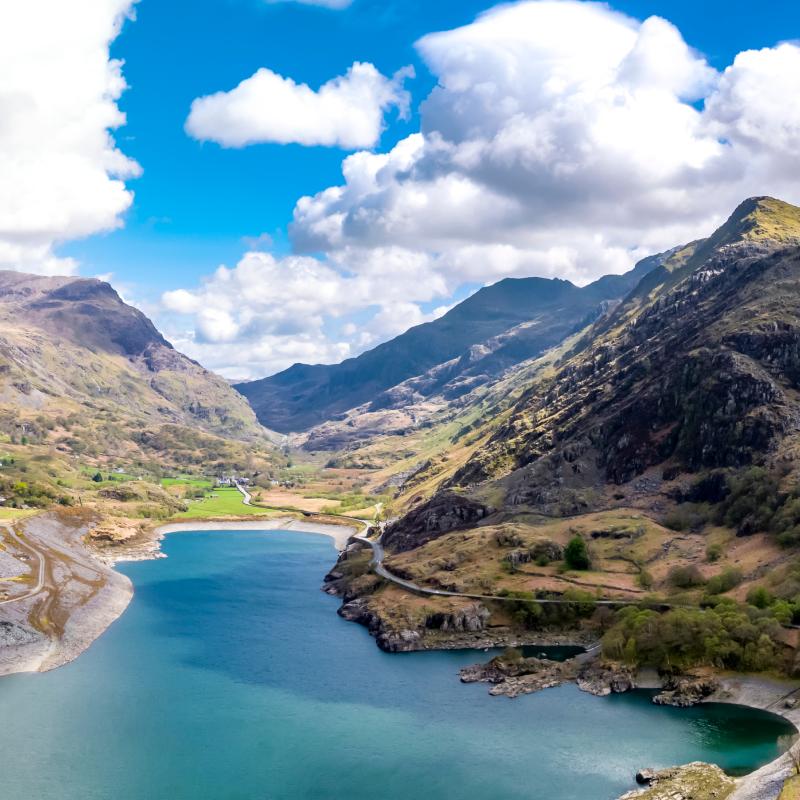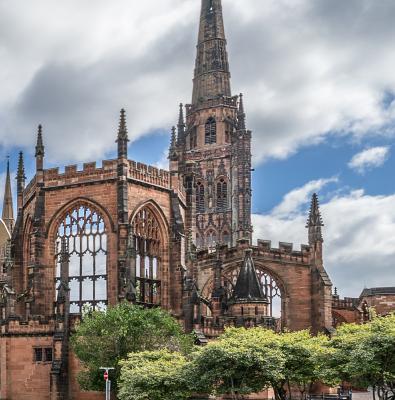Bristol Museum & Art Gallery
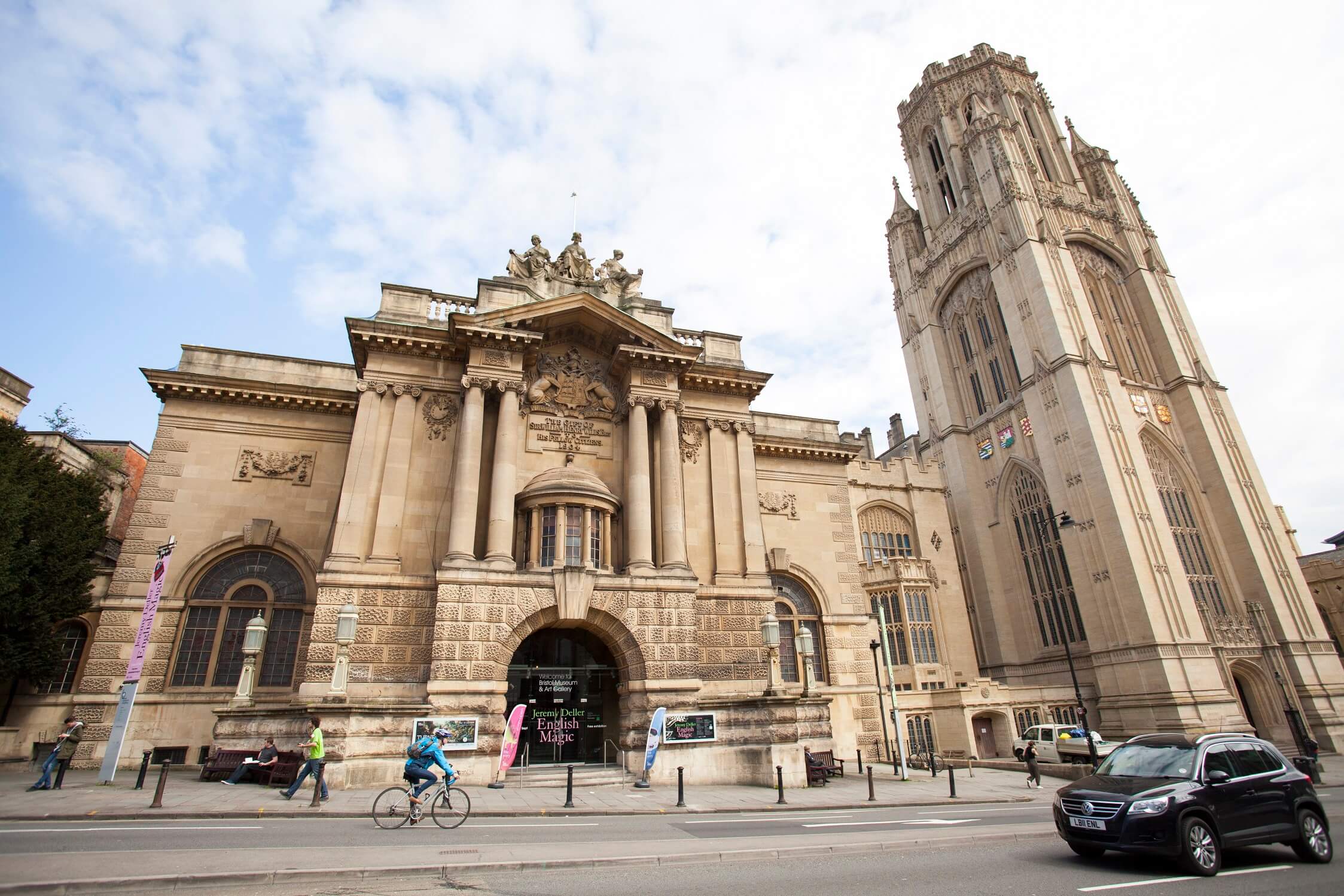

Photos of Bristol Museum & Art Gallery
What will students see and do?
Part of Bristol Museums, Bristol Museum & Art Gallery hosts an amazing collection of art, nature and history in its beautiful building.
Visitors can find out about the last billion years of Earth’s history, explore natural wonders and discover more about peoples’ lives, past and present.
As soon as you come in through the main entrance and find yourself in the front hall, you need only look up to see the Bristol Boxkite training aircraft above your head.
Exploring the rest of the ground floor, pupils can learn about:
• South West wildlife
• Ancient Egypt
• The ancient civilisation of Assyria
• Archaeology finds and objects from around the world (with a discovery area for under fives)
• An Exhibition Gallery
• Banksy’s Paint Pot Angel
The first floor explores the natural world and is home to sections on:
• Dinosaurs, including the Bristol dinosaur and the best-preserved dinosaurs ever found in Britain
• Rare, endangered and extinct wildlife from the UK and around the globe, like the extinct Tasmanian tiger (Thylacine)
• Amazing fossils that allow you to see traces of creatures from the past
• The film When Fire Burns Cotton by Mary Flower, which is screened above the steps in the fossil gallery
• A sparkling collection of minerals, gemstones and crystals, including Bristol Diamonds
• Changing exhibitions in the balcony gallery
• Maps and prints that show how Bristol has changed over the centuries
• The museum’s famous Alfred the Gorilla and beautiful Gypsy Caravan
The second floor features the Bristol Museum’s collection of beautiful art. Visitors can enjoy:
• French art, including work by Lucien Pissarro
• ‘Old master’ Italian and Dutch paintings by Lucas Cranach, Giovanni Bellini, Jacob van Ruisdael and others
• Paintings from the Age of Enlightenment and the birth of Romanticism, featuring work from Philip James de Loutherbourg, Thomas Gainsborough and John Constable
• Modern and contemporary art, including work by Victor Pasmore, Peter Lanyon, Roger Hilton, Howard Hodgkin and Tala Madani
• Art from the Victorian and Edwardian eras
• A stunning array of ceramics, carvings and glass from China and Japan
• Pottery, ceramics and glass with exquisite craftsmanship and design
• Silver art, providing a glittering display against a backdrop of paintings by the Bristol School of Artists
How does the trip link to the curriculum?
A trip to Bristol Museum & Art Gallery allows history to come alive and creative minds to thrive with cross-curricular learning opportunities away from the classroom.
Workshops and experiences include:
• Bristol’s Health In The Past (KS3-4 webinar), where students investigate how Bristol’s authorities tried to contain cholera outbreaks, obtained information on plague carriers and persuaded people to have a polio vaccine.
• Ghana Textiles (EYFS-KS1 school loan box), where students receive a Ghana textiles box filled with colourful fabrics and discover what they can tell us about textile crafts in West Africa.
• Nigeria Textiles (EYFS-KS1 school loan box), featuring a Nigeria textiles box filled with colourful fabrics, enabling pupils to discover what they can tell us about textile crafts in West Africa.
• Hindu Faith and Diwali Festival (all ages school loan box), where students receive a loan box to investigate artefacts used in Hindu worship and as part of Diwali, the Festival of Light.
• World Faiths (all ages school loan box), featuring artefacts from six religions around the world: Judaism, Sikhism, Islam, Christianity, Buddhism and Hinduism.
• Dinosaurs and Prehistoric Life (EYFS school loan box), featuring an amazing selection of real and replica fossils, as well as realistic models of prehistoric life.
• Every Picture Tells a Story (EYFS-KS1 workshop), where students question whether pictures really tell stories and discover how myths and legends have influenced artworks in the museum’s collection.
• Talking Pictures (KS2 workshop), where pupils explore art galleries, investigate paintings and build their speaking and listening skills.
• Stone Age to Iron Age (KS2 workshop), which investigates the development of human technology from the Stone Age to the Iron Age.
• Ancient Greeks (KS2 workshop), where students investigate what decorated pots can tell us about life in ancient Greece.
• Ancient Egypt (KS2 workshop), which follows the adventures of Egyptologist Amelia Edwards in a hands-on session about her life-changing journey ‘a thousand miles up the Nile’.
• EFL Art Gallery Tours (KS4-Post 16 workshop), where EFL students go on a guided tour of art galleries and enhance their learning beyond the classroom.
• Sounds and Sights of the Bristol Blitz (KS2 webinar), where students discover the sounds and sights that were familiar to ordinary Bristolians.
• Dinosaur Takeover Week (KS1-2 workshop), which provides a look into the fascinating world of ancient reptiles with activities such as fossil handling, a role-play dig and dinosaur food chain exploration, all led by university experts.
• Art and Architecture in Ancient Benin (KS2 webinar), where pupils join the museum’s learning team to discover more about the creation and meaning of Benin art.
• Discover Arts Award for Schools (KS2 workshop), which invites students to join Bristol Museum & Art Gallery for a day of artistic fun and achieve a Discover Arts Award.
• Talking Pictures: English Arts Award for Schools (KS2 workshop), which invites students to join Bristol Museum & Art Gallery for a day of creative writing and achieve a Discover Arts Award along the way.
Subjects covered
Teaching resources provided
Bristol Museums has several learning resources for schools and home educating families, including ideas for fun activities to bring your curriculum to life. These surround the themes of literacy, Bristology, the Bristol Blitz, Ancient Greeks, Ancient Egypt and KS3-4 history.
For instance, the literacy section features files and links to the story of Archibald and the Dragon (a Saxon tale), teachers’ notes on the story, a worksheet that investigates what pictures would say if they could talk, a video series by Caleb Parkin that looks at poetry in art through creative writing, an adjective hunt based on parachutes in the Bristol Blitz, oral histories surrounding memories of the Bristol Blitz, and the story of The Snake, the Crocodile and the Dog (an Ancient Egypt tale).
The Bristology section features a look at St Paul’s Carnival, 19 black Bristol women who’ve made a difference, the seven saints of St Paul’s, Bristol’s Windrush Generation, early black presences in Bristol, migration in Bristol, and Bristol and the First World War, as well as workshops on Bristol chocolate and ships and sailors.
Minimum and maximum group size
Contact Bristol Museum & Art Gallery directly to arrange group bookings, and to discuss the availability of workshops and visits.
There must be at least one adult for every six KS1/KS2 pupils or one adult for every 15 KS3 pupils.
Details of risk assessment
Bristol Museum & Art Gallery’s risk assessment for school visits is available to download from their website.
Don't miss our downloadable A-Z guide on completing a risk assessment

Facilities on-site
As well as collections, displays and exhibitions, Bristol Museum & Art Gallery hosts a café, £1 lockers, a baby change and baby feeding room, a picnic room, buggy park and a shop, which stocks a wide selection of gifts including prints, Bristol Blue Glass, jewellery, toys, books, postcards and more.
Opening times
Bristol Museum & Art Gallery is open Tuesday to Sunday: 10am-5pm
Pricing
Contact Bristol Museum & Art Gallery directly regarding group visits, classes and workshops.
There is no admission fee for independent visits, but Bristol Museum & Art Gallery welcomes donations.
Travel arrangements
Bristol Museum & Art Gallery is located on Queens Road just off Park Street, two miles from the M32 and a 10-minute walk from the city centre.
The two closest car parks are West End (BS8 1EH) and Trenchard Street (BS1 5AN), both about a five-minute walk away. Coaches and minibuses can drop off and pick up at the front entrance.
The closest train stations are Bristol Temple Meads, a 25-minute walk away, and Clifton Down, a 15-minute walk away. Both stations are served by the 1, 2, 8 and 9 bus services which stop near the museum.
Address
Bristol Museum & Art Gallery
Queens Rd
Bristol
BS8 1RL
Book your school trip to Bristol Museum & Art Gallery
For information on booking your school trip to this venue, click below.




